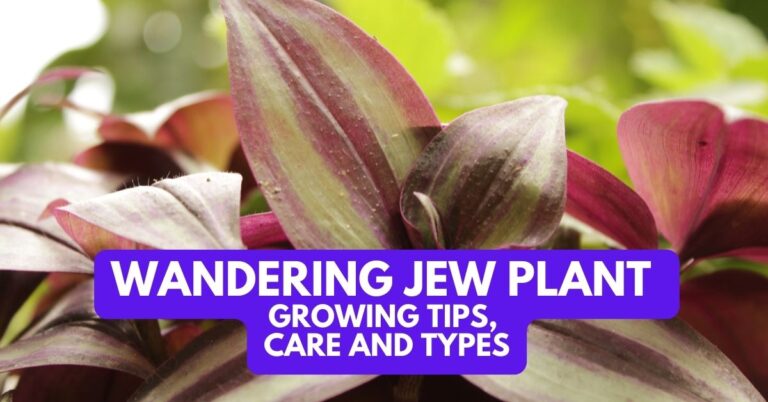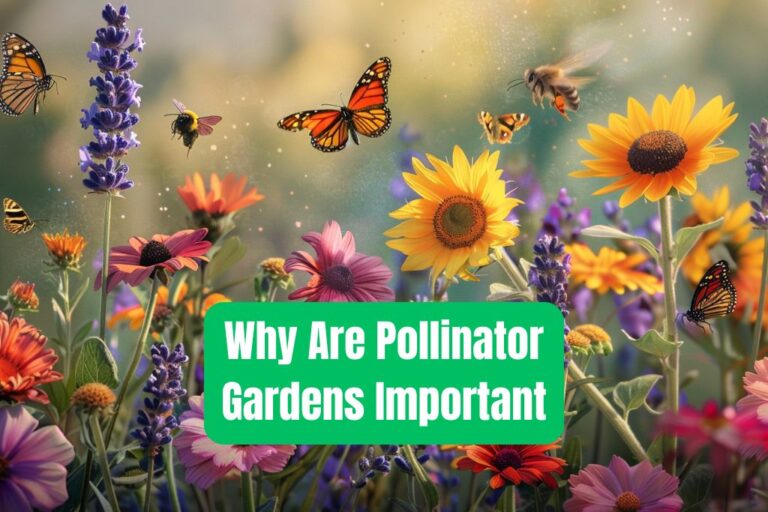Indoor Plant Wall Ideas
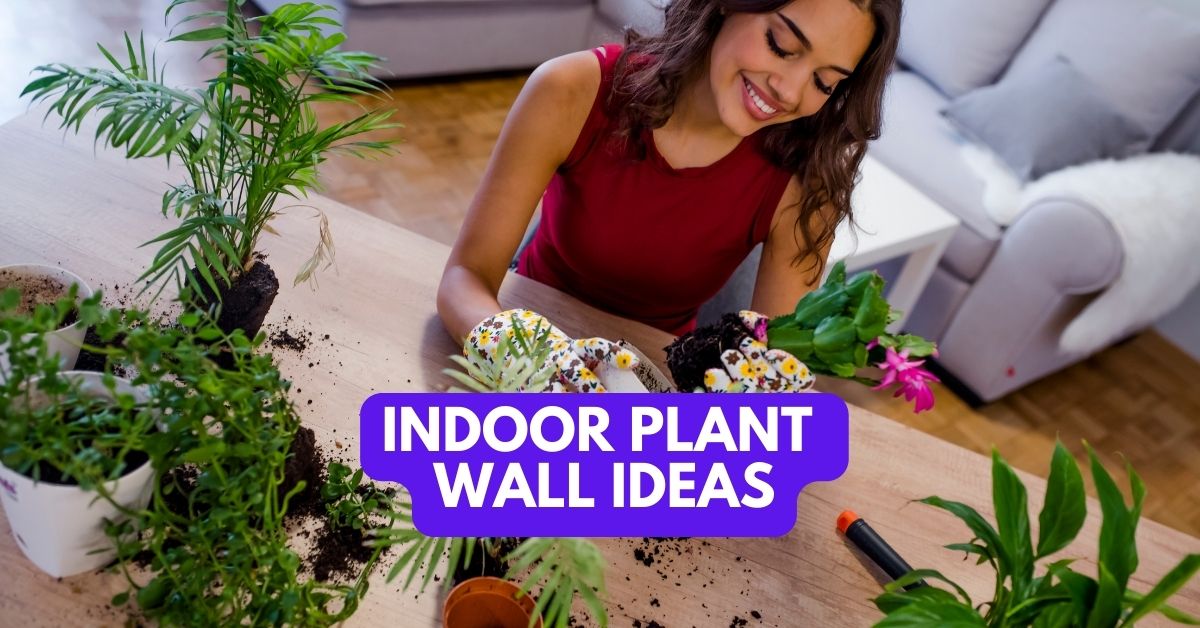
Indoor plant walls are a cool way to liven up your space. Creating a green wall is a very sophisticated way to go. You can create a green wall anywhere- your room, bathroom, hallway, or even in the kitchen!
Indoor plant walls are most commonly seen in the kitchen. These greenery walls help bring some nature into the space and cleanse the air of some pollutants. They are very unique and impressive when done well.
There are many ways to create a plant wall depending on your space and what type of plants you want to use. Some plants work better as walls than others, so look into those more if you want a solid green coverage.
Design tips

When designing your plant wall, consider what plants you want to use, how many, and what size pots they need. You also need to think about how many roots they have and how much space they take up.
It is best to start with the backing material and then add the plants and pots. It is hard to add plants after the backing material as well as it being expensive.
When adding plants, start with the tallest ones first and then layer down in size with the shorter ones. This gives a more natural look that is visually pleasing.
Mixing textures of plants also adds more natural looks that you can play off of. For example, having some soft leafed plants next to some woody plant like an ivy makes them look like they are growing in different environments which looks nice on the wall.
To make your wall more interesting, play with shapes and have some curvy plants like vines or string grass.
Plants for a plant wall

When deciding what plants to use for your plant wall, consider what foliage they have, what size plant you want, and what season the plant flowers.
For example, if you wanted a green wall all year, you would choose perennial plants that grow back every year. For small sized plants, seedlings at the nursery are a good choice.
For larger plants, visit your local garden store or nursery to pick some new ones! They usually have sales around spring time, so that is a great time to invest in new plants.
Some popular plants used in plant walls are: English Ivy, Basil (either lemon or cinnamon), Spider Plant, Money Tree Plant, Aloe Vera, and Snake Plant.
Surface considerations

Once you have decided on your plant choice and number, the next step is to decide what surface your plants will be planted on. You can use a wall, floor, or hanging plants!
Wall plants can be done in two ways: vertical or horizontal. Vertical gardens are plants that are planted in pots on racks that are placed on a wall. These take some planning as you need to consider how to layer the plants and pots.
Horizontal gardens are when the plants are planted directly on the wall. These require less planning as the plant roots do not need to be exposed.
For both types, consideration must be given to what kind of soil will be used and how it will be maintained.
Light considerations
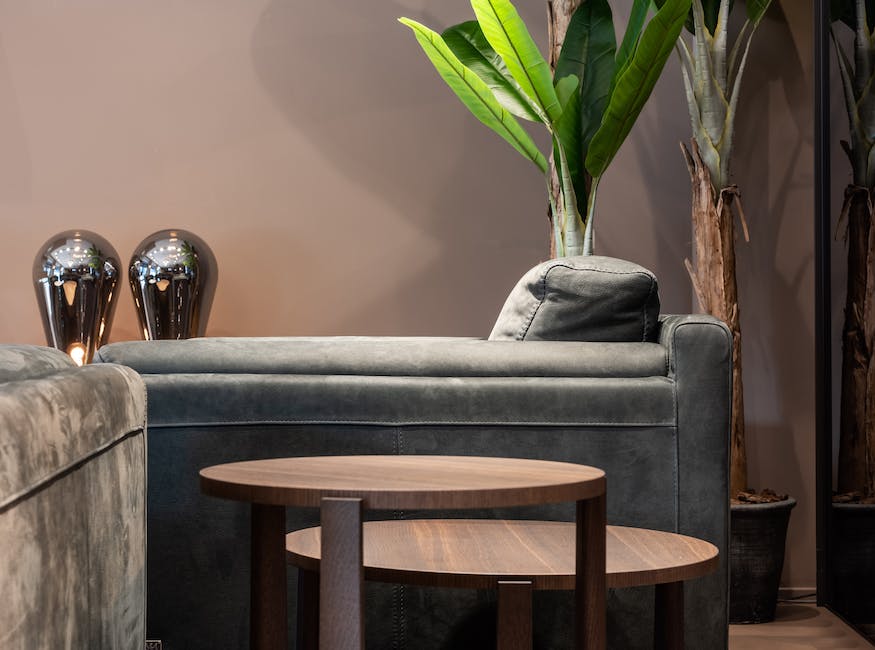
When choosing your plants, remember that some plants need more light than others. Some plants even need indirect light, so it is important to know this when choosing your plant collection.
Many jungles are home to many different kinds of plants, some of which grow tall and need lots of sunlight to survive. For your plant wall, choose low-maintenance and inexpensive plants that can handle low light.
Some suggestions for low-light tolerant plants are: spider plant, zygophyllum limifolium, golden pothos, anthurium, and nertera oleracea. All of these have beautiful leaves and flowers that will look gorgeous on your wall!
If you want a tinge of green on your wall, opt for either white or yellow flowers.
Maintenance for a plant wall

Once your plant wall is built, you will need to invest time and energy into maintaining it. You will need to water the plants on the wall regularly, about once a week.
Depending on the size of your plant wall and how many plants are on it, you might need to re-seed or re-plant some spots. As mentioned before, some plants do better as potted plants than others do, so keep that in mind while choosing which ones to plant!
Also, keeping debris off of the wall will help prevent fungus or mold from developing. This is an important maintenance task that can be forgotten easily.
Some things that can contribute to fungus or mold are wet soil and poor air circulation around the plants. To prevent this, place some fans behind the wall to help move the air around the plants.
Additional features

Some plants are easier to grow than others. If you are a beginner plant gardener, choose easy plants to start with. Some popular easy plants are:
Pothos – This plant is known for its dramatic leaf patterns and simplicity to grow. It is also very hardy, so it can handle a little neglect. Once you get the hang of it, it will begin to grow quickly!
Kalanchoe – This flowering plant is known for its beautiful and unusual looking flowers. It is actually a succulent, making it very drought resistant. It is also very easy to transplant and propagate by cuttings.
These are just some basic tips for starting your own simple green wall garden. Now you can add your own touches like creating spaces or adding additional features like vines or fish! Have fun creating your wall garden and enjoy your new green space.
Help maintaining a plant wall
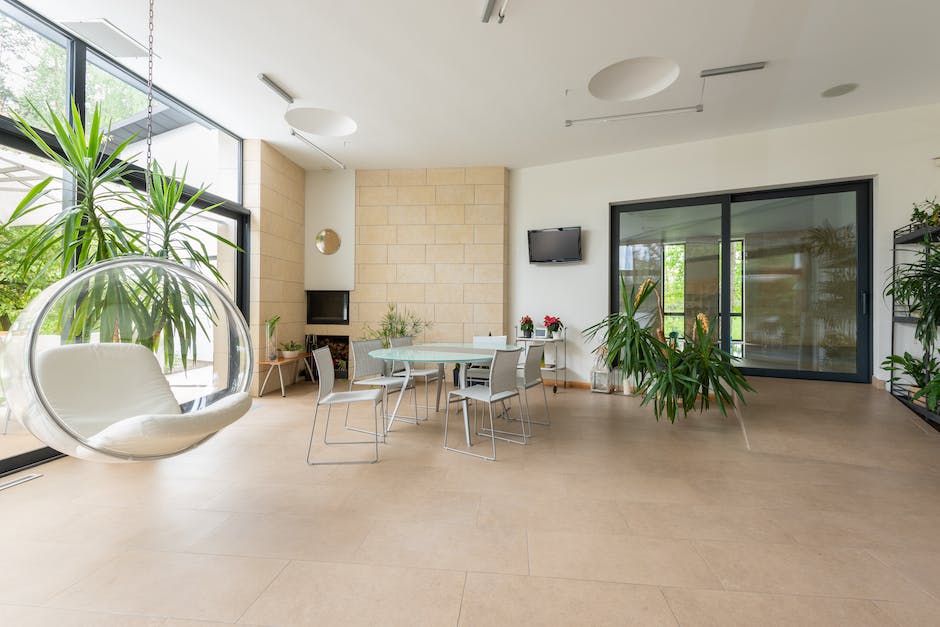
Once your plant wall is set up, maintaining it will be your main task. You can always add new plants or replace ones that die, but you will need to spend some time watering and caring for the plants.
Remember to water your plants! Even though you are now growing your plants on top of a solid surface instead of soil, plant walls need water just like any other plant.
Trace: Keep an eye on the walls every other day or so and give them a light watering if the soil looks dry. If you notice any patches of missing plants look brown, then you have a problem- take care of it quickly!
Reminder: When planting your plants in the mesh, make sure all the roots are covered in soil. If there are any roots showing that are not planted in soil, then they will die.
Use decorative items with the plant wall

Once you have your plant wall set up, add some decorative items to it. These can be plants, terrarium creatures, stones, shells, or other objects.
If you have a large enough space on your plant wall for a small tree or shrub, that can add a nice touch. Some greenery on the plants already on the wall can look beautiful as well.
Some people choose to have no additional decorations on their plant walls, but that is up to you!
You can also choose to have some hanging plants off of your plant wall for added effect. Hanging plants can be changed out easily as well, so that is a cost-effective way to do it.
Another way to add some décor is to have some objects floating in water pools on your plant wall.
Content are generated with AI, fact checked by editorial team.
Hi there! My name is Aaron and I am a gardening expert from the United States. I have always had a passion for gardening and have been practicing it for years. I have gained extensive knowledge and experience in gardening.


